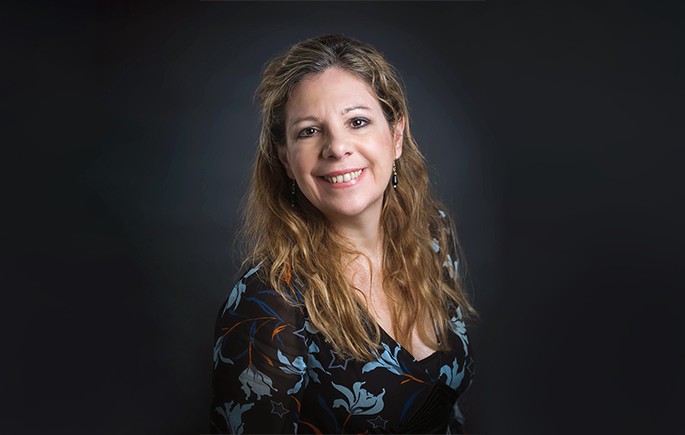The Coach as a Leader
By Barbara Asimakopoulou,
My primary intention for this article is to trigger your thoughts and most importantly to make you take more impactful and rewarding actions.
The core of my approach to the “Coach as a Leader” is that a Coach may be a successful leader and a leader in order to be successful needs to be a coach as well.
In order to clarify the above assumption, I strongly believe that coaching is not only a tool or process that we use when a specific need arises. Furthermore, Coaching is not only a bunch of skills, such as active listening, effective communication, or questioning.
Coaching is a way of life.
Coaching is a way of creating a better, more rewarding, and authentic life for themselves and the people who surround them.
The coach as a leader has as their main purpose the development of their team and specifically the holistic development of its members.
Moreover, the “Coach Leader” is inspired by a meaningful purpose not only for himself but for society as well.
Simultaneously the “Coach Leader” is equipped with very significant competencies like those mentioned above which are valuable for a leader who needs to achieve results based on others’ expertise and effectiveness and not only on their own.
An obvious question that arises often among my clients or my students is the following:
-A leader sometimes needs to be directive and give instructions and a coach is not allowed to do this. Isn’t it contradictory?
-A coach asks questions and doesn’t give directions.
Great question!
It may help if you think of the “Coach Leader” as a facilitator and inspirational guide towards a common meaningful goal.
As an example, I take the most well-known and respected leadership theory of Tannenbaum and Smith.
The leader, according to Tannenbaum and Smith‘s theory, adopts a specific leadership style that is the most effective depending on the people’s maturity and the conditions of the exterior environment.
If a member of the team is a new employee and he/she hasn’t yet acquired the necessary knowledge for the successful accomplishment of their assignments, the leader provides the necessary knowledge and directions.
The difference is that the leader behaves at the same time as a coach. In this specific example, it means that they discuss, ask for feedback, give feedforward and create a safe environment where the employee can experience their own evolution and progress. That is the coaching way. In other words, the Coach Leader is interested in the development of people and in the goals as well.
The coach as a leader above all is interested in the holistic development of the people and furthermore, he encourages any positive impact on society.
The coach as a leader boosts people’s capabilities and qualities in the long term with a sustainable perspective.
The coach as a leader remains a coach in any situation.
Having a leader who is a temporary coach may not be as workable as it seems.
But a Leader can always be a Coach in any leadership style they need to adopt.
A successful coach maybe cannot always be a successful leader, but a successful leader must reconsider their role and incorporate coaching skills and practice in their everyday life.
Being a coach is more than a new process, it is a way of life, a better life.
“A successful coach maybe cannot always be a successful leader, but a successful leader must reconsider their role and incorporate coaching skills and practice in their everyday life.”







